How are companies tackling the issue of ocean-bound plastics in their packaging solutions?
» Packaging- Companies are integrating ocean-bound plastics into their packaging materials to reduce waste.
- They are collaborating with recycling initiatives to collect and repurpose plastics from coastal areas.
- Innovative biodegradable and compostable packaging solutions are being developed to replace traditional plastics.
So I've been seeing a lot about ocean plastics and how they're messing up the environment. Like, it's a major issue, right? What I'm curious about is how companies are actually dealing with this when it comes to their packaging. Are they switching up materials, or maybe they've got some recycling programs going on? Would be cool to know if they're taking steps to make sure their packaging doesn't end up trashing the oceans.
Have any of these companies considered biodegradable options, or are they focusing on creating a closed-loop system for their packaging materials?
With our network with packaging suppliers along with a huge international network, we provide customizable logistic packaging services as per the needs and requirements of our clients, in order to maintain continuous product development and greatly reduce the spending for packaging solutions.
Are they just slapping "green" labels on products without making real changes to reduce their environmental impact? Sometimes it feels like these efforts are more about good PR than genuine sustainability.
What about partnerships with environmental organizations? Are companies collaborating with experts to improve their packaging sustainability?
- How do changing consumer behaviors, like the move to online shopping, impact packaging needs? 3
- How do packaging designs address the growing trend of DIY kits or self-assembly products? 4
- What are some alternative packaging solutions you've seen in the automotive industry that impressed you? 12
- How do different lighting conditions (e.g., store lights vs. daylight) affect packaging appearance? 5
- What are your thoughts on the environmental impact of paper alternative coffee cups? 8
- How do packaging designs cater to the growing trend of experiential or hands-on learning products? 1
- How are companies using packaging to enhance the educational or informative aspects of products? 5
- Do you prefer bread that is packaged in paper bags with windows, or does the packaging not affect your purchase decision? 11
- What's the impact of oversized packaging on waste and the environment? 4
- Have you implemented any innovative solutions to reduce waste in your internal packaging? 13
- What are the challenges of using biodegradable materials in packaging? 382
- What are the latest technological advancements in packaging machinery? 305
- What are some challenges you have faced with automotive packaging, and how did you overcome them? 291
- Are there any concerns regarding the food safety or longevity of bread stored in paper bags with windows? 289
- How would you improve the current design of paper shopping bags to make them more user-friendly or sustainable? 285
- What's the process for quality assurance in our packaging production? 283
- Can you share some tips on how to reduce the use of consumable materials? 281
- Have you encountered any problems when using paper shopping bags in certain weather conditions? 280
- How does the feel and usability of HDPE bags compare to other materials such as paper or fabric? 273
- How do you balance the need for protection and efficiency in your internal packaging processes? 268
Blog Posts | Current
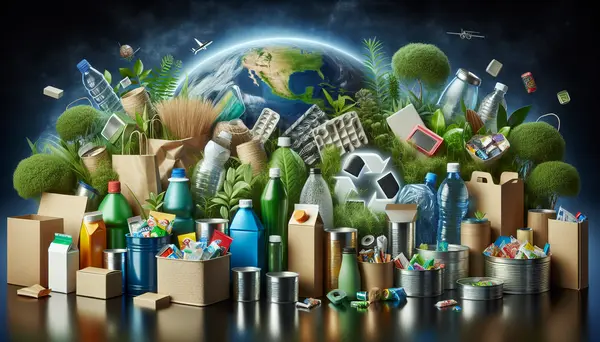
Recycling in Packaging: A Sustainable Approach for a Greener Future
Introduction Packaging is an integral aspect of every product that we consume or use. However, the growth in consumerism and the...
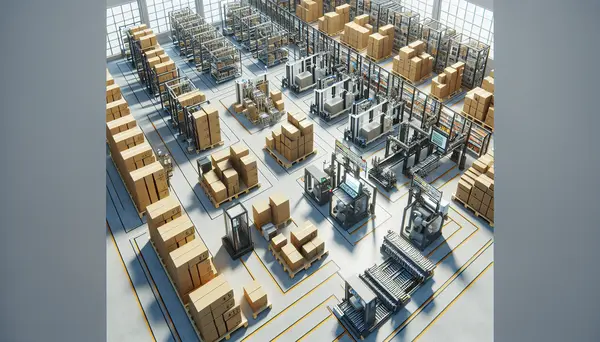
Efficient Solutions for Managing a Packaging Warehouse
Understanding the Basics of a Packaging WarehouseFirst things first, let's delve into the basics of a packaging warehouse. Essentially, a...
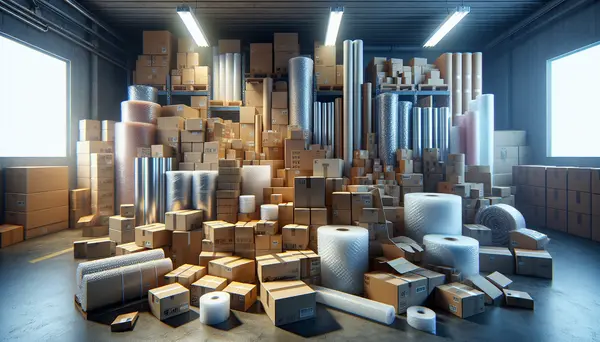
Understanding Packaging HSN Codes
Introduction to Packaging HSN CodesWhen it comes to the realm of packaging, understanding the complexities and details can often be...
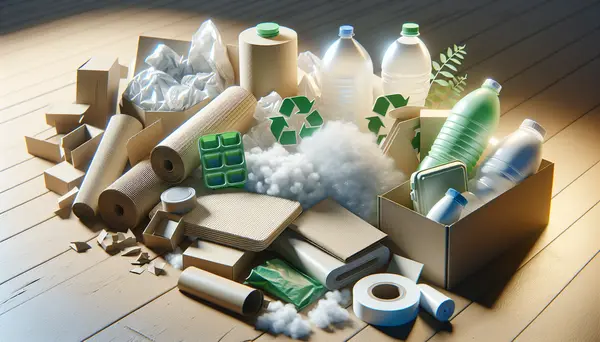
Sustainability in Packaging Design
Introduction As environmental concerns continue to gain prominence in public and corporate consciousness, the topic of sustainability in packaging design has...
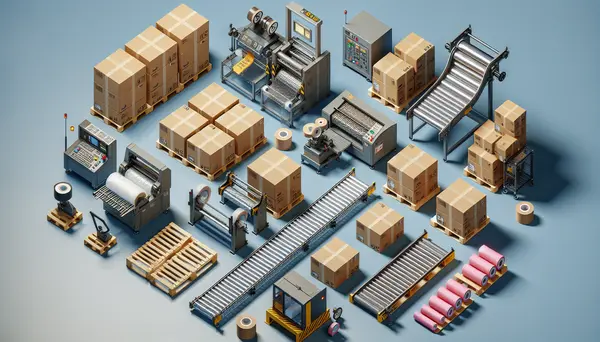
Industrial Packaging Production: A Cornerstone of Modern Manufacturing
Introduction Packaging is an indispensable part of any industry, providing a protective shield for products during their journey from the production...
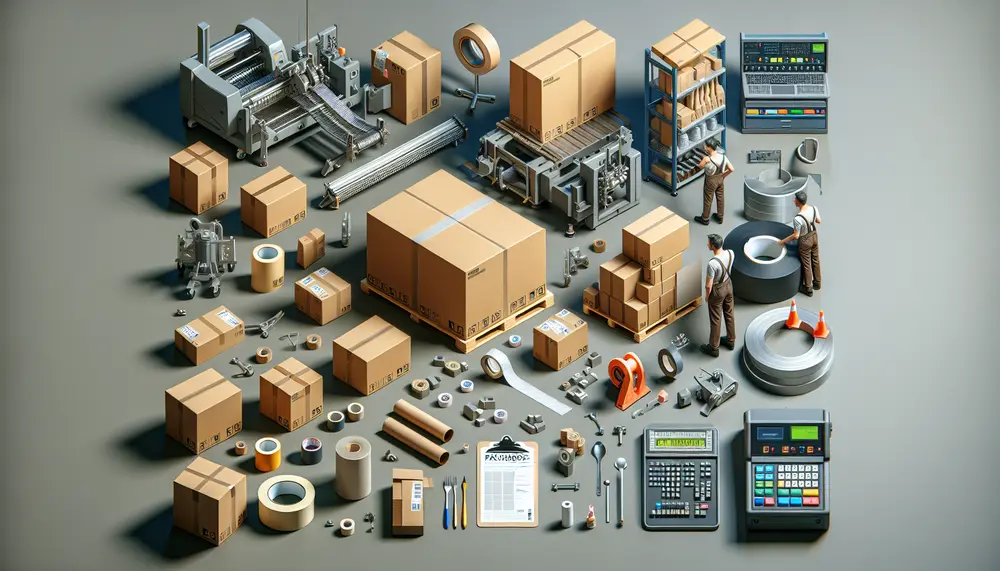
Becoming a Packaging Operator: Skills and Responsibilities
Introduction to the Role of a Packaging OperatorStarting a career in the packaging industry can be an exciting opportunity, especially...
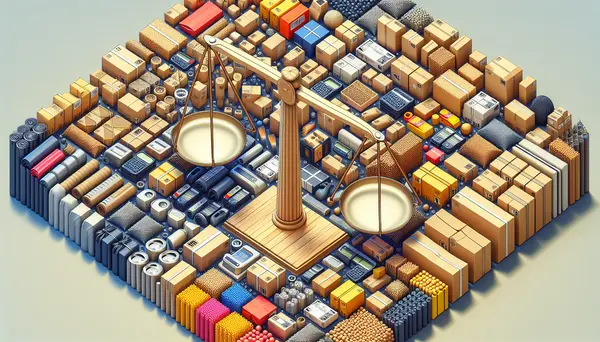
Negotiated Price vs. Demand Quantities: A Detailed Examination
Price negotiation and demand quantities are two significant factors affecting both the supply and demand of goods in the market....
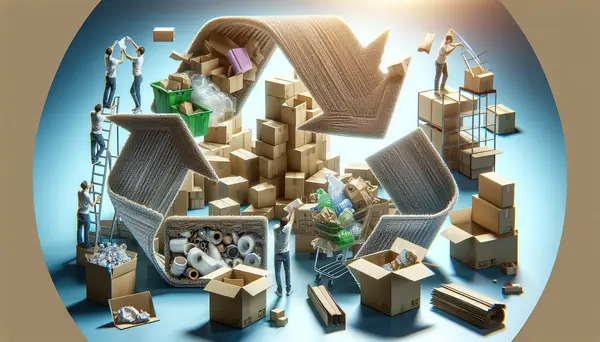
Effective Strategies to Minimize Packaging Waste
Understanding the Importance of Minimizing Packaging WasteIn an increasingly consumer-driven society, the growing problem of packaging waste cannot be ignored....
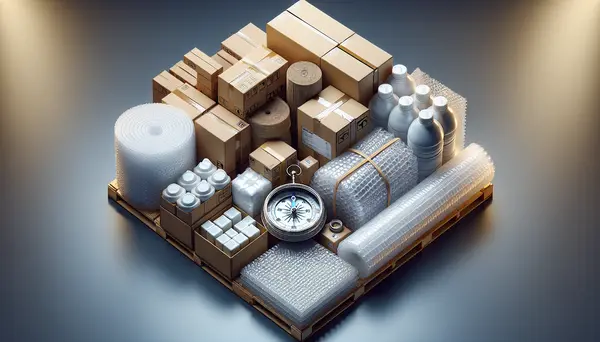
Navigating Packaging Regulation: Compliance and Industry Insights
Understanding Packaging Regulation: A Brief OverviewThe world of packaging regulation can be a complex maze to navigate. However, understanding these...
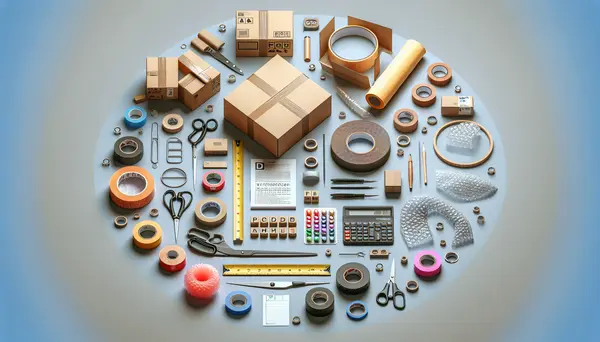
The Cornerstones of Effective Packaging Design: Key Rules to Consider
Introduction Packaging design is far more than a mere protective cover for a product. It is a potent communication tool that...

